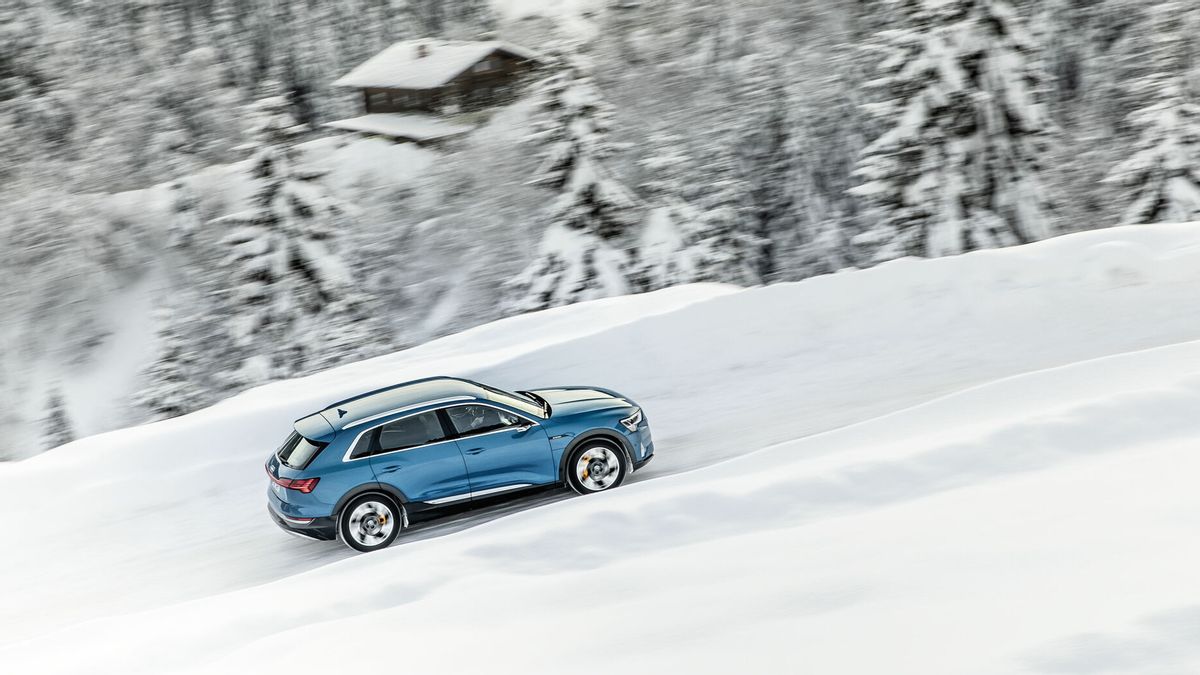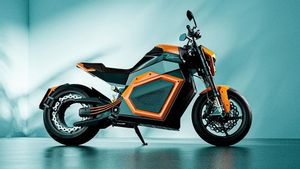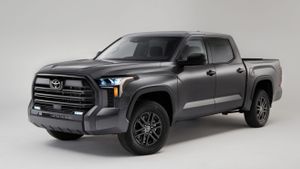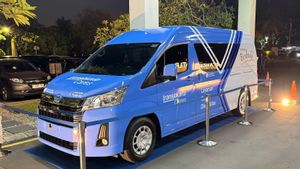JAKARTA - Winter presents its own challenges for electric cars (EVs), and the startup for battery data and health collection, Recurrent, conducted an analysis of 18 EV models in the United States during the winter of 2022-2023.
Recently published results show that the average distance from 10,000 EVs and 18 models shows an average decline range of about 30 percent of the travel distance in winter. These data also consider variables such as climate, terrain, and driving patterns.
The decline in distance in winter occurs because cold temperatures can inhibit chemical and physical reactions that release energy from batteries. The cabin heating also uses energy from high-power batteries, which lowers travel distances. However, many EVs are currently equipped with heat pumps that recycle excess heat produced by batteries and motors to increase efficiency and reduce loss of travel distance.
According to Recurrent, as reported by InsideEvs, November 19, this decrease in travel distance is relative to the distance traveled obtained by EVs at the ideal driving temperature, the temperature at which certain models reach their highest average distance.
Interestingly, in their analysis, several EV models showed a smaller reduction in travel distances in winter.
One of the highlights is the Audi E-Tron model for 2021-2022 which, after being rebudged as MY2023's Q8 E-Tron, has the lowest travel distance decrease in winter. Its travel distance has only decreased by 16 percent compared to its normal distance. The E-Tron model became one of the early EVs equipped with a heat pump, allowing for a recovery of up to 3 kilowattts of electricity by converting heat wasted from the motor.
SEE ALSO:
Nissan Leaf 2019 also showed a relatively small reduction in travel distance. At a temperature of 0 degrees Celsius, the Leaf lost 23 percent of its travel distance. This should be noted that older Leaf models are more susceptible to varying temperatures due to passive thermal management (such as radiators) compared to newer models that can be equipped with battery heating.
Not to forget, Tesla's thermal management also showed impressive performance. Model 3, Model Y, and Model X lost 24 percent of their average travel distance in winter each. Tesla introduced its patent heat pump in 2021, which appears to have combined several innovations such as "super manifolds" and "octo valve" to improve the efficiency of hot pumps. Battery heating features also contribute to reducing the loss of travel distance during winter.
Tesla data come from very large samples, with Recurrent analyzing figures from 4,375 Model Y, 4,576 Model 3, and 249 Model X. This analysis provides deep insight into how electric car performance during winter can vary based on the design and thermal management technology applied by each manufacturer.
The English, Chinese, Japanese, Arabic, and French versions are automatically generated by the AI. So there may still be inaccuracies in translating, please always see Indonesian as our main language. (system supported by DigitalSiber.id)
















